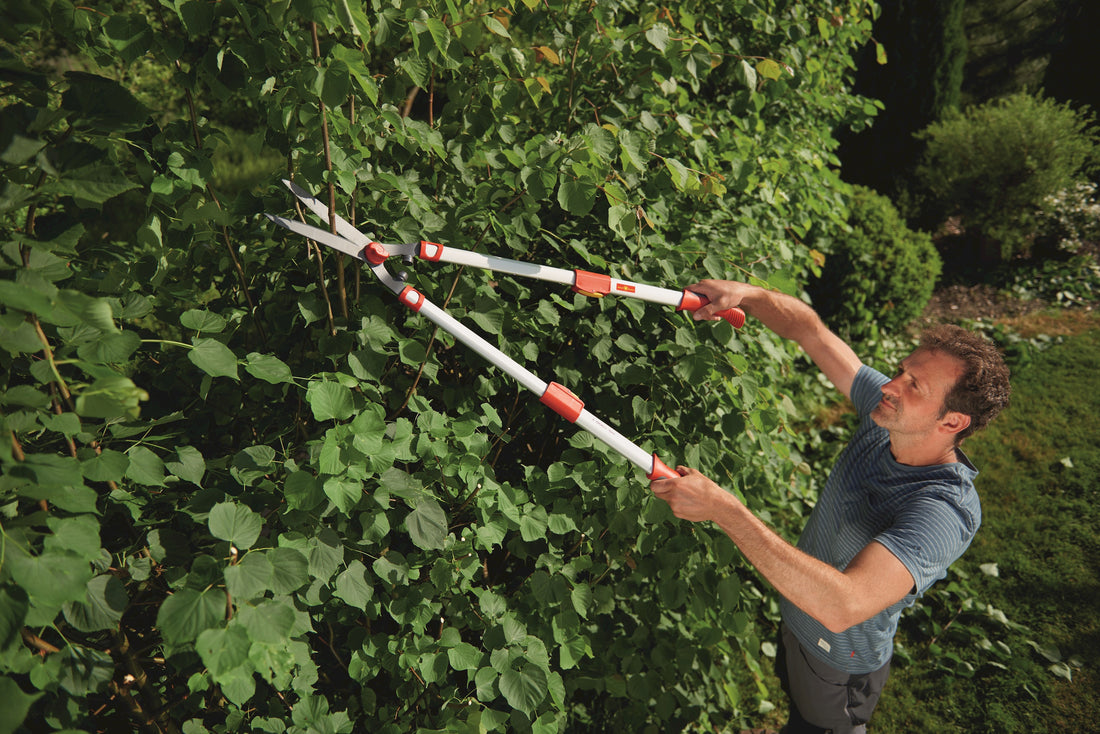Hedges are an essential part of any garden or outdoor space, providing both privacy and a decorative element to the landscape. However, without proper maintenance, hedges can quickly become overgrown, messy, and unsightly. Pruning is the key to keeping your hedges in good shape, but knowing when to do it is crucial. In the UK, the best time to prune hedges depends on the species of the plant.
Spring-Flowering Hedges
Hedges that flower in the spring, such as forsythia, flowering currant, and lilac, should be pruned shortly after they have finished blooming. This timing ensures that you don't cut off any of next year's blooms. These hedges should not be pruned in the autumn or winter since this could damage the developing buds.
Summer-Flowering Hedges
Hedges that bloom in the summer, such as privet, lavender, and hydrangea, should be pruned in late winter or early spring, before new growth begins. This timing allows the hedge to produce new growth that will result in summer blooms. If you wait too long to prune these hedges, you risk cutting off the new growth, which will reduce or eliminate the summer blooms.
Evergreen Hedges
Evergreen hedges, such as boxwood, yew, and holly, can be pruned at any time of year, but the best time to prune is in mid to late summer. This timing allows the hedge to produce new growth that will be able to harden off before winter, ensuring that the hedge remains healthy and attractive.
Choosing the right tools for pruning hedges is just as important as knowing when to prune them. Here are some of the tools that you will need for the job:
-
Pruning Shears: Pruning shears are also known as hand pruners, and they are great for trimming small branches and twigs. They are ideal for shaping small hedges and maintaining their size. Shears – WolfOnline
-
Hedge Shears: Hedge shears are larger than pruning shears and are specifically designed for trimming hedges. They have longer blades and can cut through thicker branches with ease. They are ideal for shaping larger hedges and can cut through branches up to 1 cm thick.
-
Loppers: Loppers are ideal for cutting thicker branches that are too big for pruning shears or hedge shears. They are especially useful for removing dead or diseased branches from your hedge. Loppers – WolfOnline
-
Hedge Trimmers: Hedge trimmers are electric or gas-powered tools that make the job of pruning hedges much easier. They have long blades and are designed to cut through thicker branches quickly and efficiently.
General Tips for Pruning Hedges
Regardless of when you prune your hedge, there are a few general tips to keep in mind. First, use sharp and clean tools to make clean cuts. Dull or dirty tools can damage the hedge and leave it susceptible to disease. Second, remove no more than one-third of the hedge's growth in a single pruning session. Removing too much growth at once can shock the plant and cause it to decline. Finally, take care not to damage the hedge's shape or structure when pruning. The goal is to maintain a natural and attractive appearance while controlling the plant's growth.
In conclusion, knowing when to prune your hedges in the UK is important for maintaining healthy and attractive plants. Spring-flowering hedges should be pruned after they bloom, summer-flowering hedges should be pruned in late winter or early spring, and evergreen hedges can be pruned at any time but are best pruned in mid to late summer. Regardless of when you prune, always use sharp and clean tools, remove no more than one-third of the plant's growth at once, and take care not to damage the hedge's structure.

